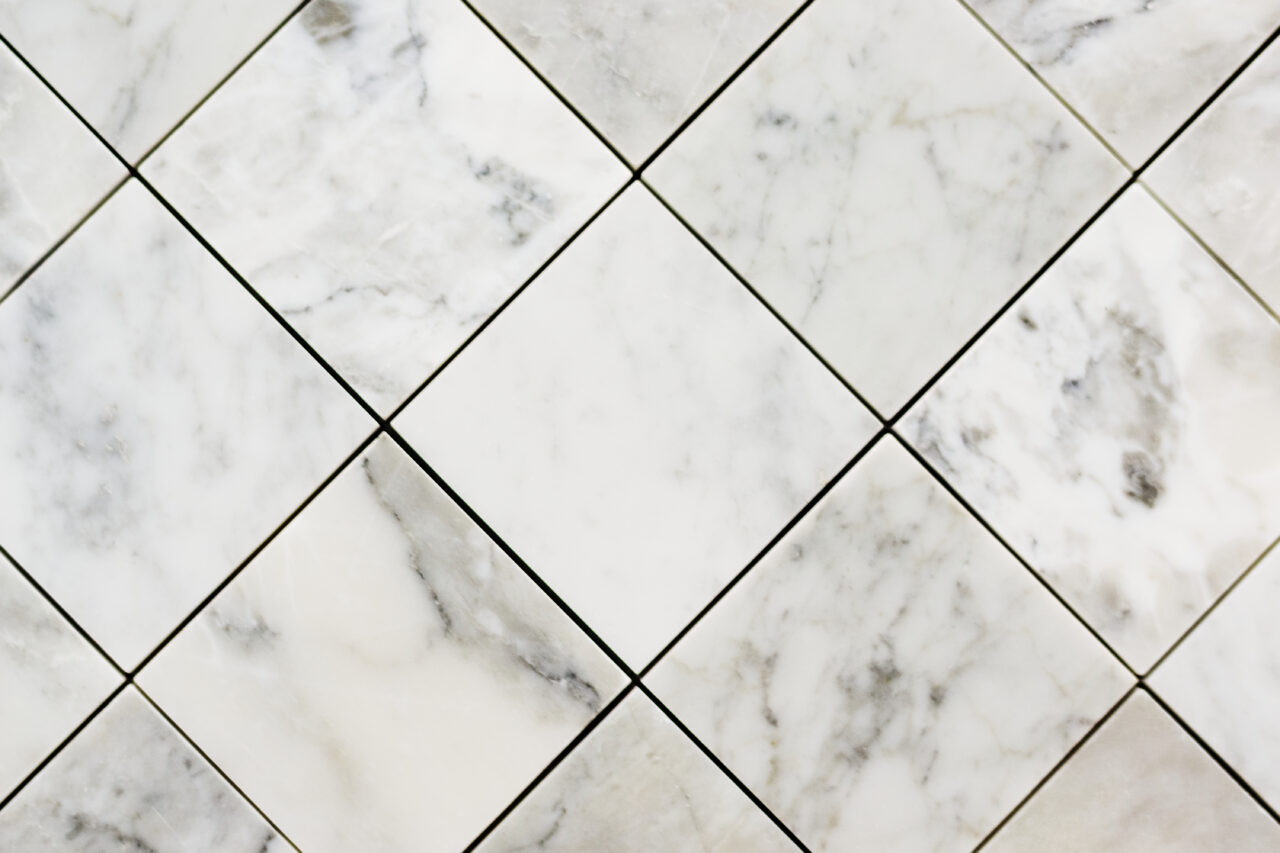Mastering the Art of Laying Slabs: A Comprehensive Guide for Every Surface
Laying slabs can instantly transform your outdoor space, creating a stylish, functional, inviting environment. Whether planning a patio, walkway, or garden path, understanding the nuances of laying slabs on different surfaces is essential.
This comprehensive guide delves into the intricacies of laying slabs on soil, sand, grass, and concrete, ensuring your project is beautiful and enduring.
- Laying Slabs on Soil: A Solid Foundation
Laying slabs on soil requires meticulous preparation. Here’s how to achieve a sturdy base:
- Excavate the Area: Dig out the soil to a depth of at least 4-6 inches, ensuring a stable foundation.
- Add a Sub-Base: Lay a sub-base of hardcore material, compacting it thoroughly to create a firm surface.
- Use Bedding Mortar: Apply a layer of bedding mortar on the compacted sub-base, providing a level surface for the slabs.
- Place and Level Slabs: Carefully lay the slabs on the mortar, ensuring they are level and evenly spaced.
- Secure with Mortar: Fill the gaps between slabs with mortar to prevent movement and ensure stability.
- Laying Slabs on Sand: A Smooth Finish
When laying slabs on the sand, precision is key for a seamless outcome:
- Prepare the Ground: Clear the area and level the ground, removing any rocks or debris.
- Add a Layer of Sand: Spread sharp sand evenly, compacting it to create a stable base.
- Use Paving Slab Spacers: Place spacers between slabs to maintain consistent gaps, ensuring proper drainage.
- Set Slabs Carefully: Gently place them on the sand, tapping them with a rubber mallet to level and settle them securely.
- Fill Gaps: Fill the gaps with fine sand and water the area to help the sand settle, providing stability to the slabs.
III. Laying Slabs on Grass: Blending Nature and Design
Transforming a grassy area into a slab pathway requires thoughtful planning:
- Mark the Pathway: Outline the path using string and pegs, clearly defining the area for laying slabs.
- Remove Turf: Cut and remove the turf from the marked pathway, ensuring a uniform depth for the slabs.
- Lay a Weed Membrane: Prevent weed growth by laying a weed membrane over the exposed soil.
- Add a Layer of Hardcore: Apply a layer of compacted hardcore, creating a stable base for the slabs.
- Set Slabs in Place: Place the slabs on the hardcore, ensuring they are level and firmly pressed into the ground.
- Grout and Finish: Fill gaps with grout or decorative stones, blending the pathway seamlessly with the surrounding grass.
- Laying Slabs on Concrete: Building on Solid Ground
When laying slabs on existing concrete, attention to detail ensures a flawless result:
- Clean the Concrete Surface: Remove any dirt, dust, or debris from the existing concrete to create a clean bonding surface.
- Apply a Bonding Agent: A bonding agent enhances adhesion between the concrete and the slabs.
- Spread Mortar: Apply a layer of mortar evenly on the concrete surface, ensuring a solid bonding layer.
- Place Slabs: Carefully place the slabs on the mortar, pressing them down gently to allow proper adhesion.
- Level and Secure: Use a spirit level to ensure the slabs are even and secure them in place with slight tapping.
In conclusion, laying slabs is a meticulous process that demands attention to detail and careful preparation. Understanding the specific requirements for different surfaces allows you to create a stunning outdoor space that seamlessly blends beauty and functionality. Whether transforming grassy lawns into elegant pathways or enhancing existing concrete surfaces, the right techniques and proper preparation guarantee a long-lasting and visually appealing result. Happy slab laying!
FAQs:
Q1: Can I lay slabs directly on the grass without removing the turf?
Answer: While it’s possible, it’s not advisable. Removing the turf and preparing the ground properly ensures a stable base and prevents uneven slabs from settling.
Q2: What is the ideal gap between slabs for proper drainage?
Answer: A gap of around 10-15mm is ideal. Using spacers or small pieces of wood ensures consistent spacing and allows for adequate drainage.
Q3: How long does the mortar take to set before I can walk on the newly laid slabs?
Answer: Mortar typically sets within 24-48 hours. However, it’s best to wait at least 72 hours before walking on the slabs to ensure they are fully secure.
Q4: Can I lay slabs on an existing concrete surface without using a bonding agent?
Answer: While possible, using a bonding agent significantly improves adhesion, ensuring a stronger and more durable bond between the slabs and the concrete surface.


